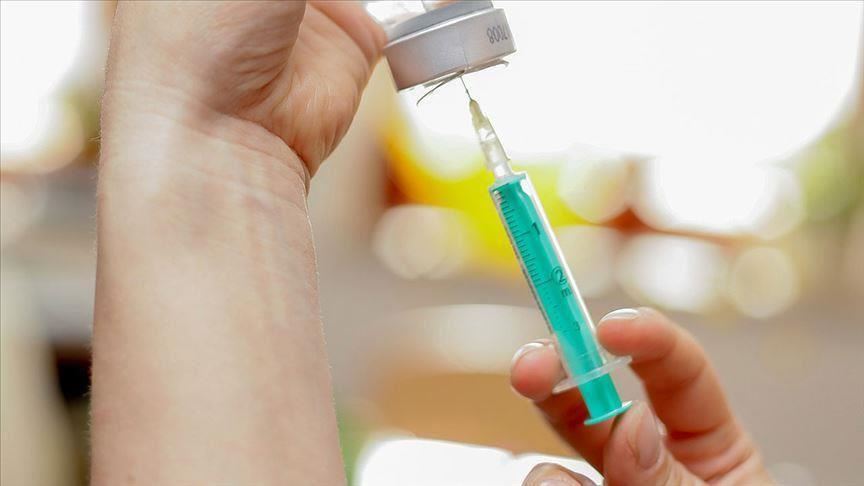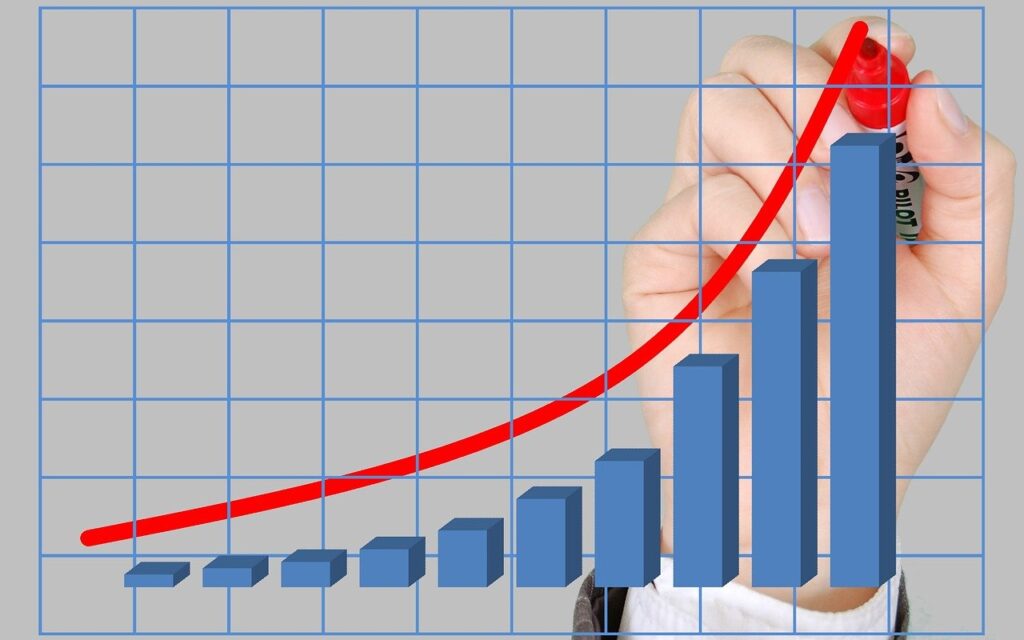With Corona behind them, people in Austria are “forgetting” about flu vaccinations even more often than last time: The influenza vaccination coverage rate has dropped for the second time to a meagre 13.62 percent. The Vaccine Manufacturers Association (ÖVIH) worries about the next wave in the fall of 2023 and calls on the government to stop the negative trend.
The vaccination coverage rate, calculated based on doses delivered or returned, refers to the total population and is more than three percentage points lower than the previous season and as much as 8.5 percentage points lower than in 2020/21. It has thus fallen steadily since a peak in the first year of the pandemic. The decline is evident in vaccines provided by the public sector, such as for the childhood vaccination program or nursing homes and homes for the elderly. In the private sector, such as pharmacies or businesses, he said. It is significantly higher for vaccines to be financed privately.
Starting position for fall “far from optimal.”
“We are currently seeing a similar development as after the swine flu pandemic in 2009,” said ÖVIH President Renée Gallo-Daniel. “Due to an initial concern, the vaccination rate rises at first, but then drops sharply again because the danger posed by the disease is no longer considered so relevant.” But that’s a fallacy, as this winter has shown again, with influenza returning with vigour.
“The starting situation for this year’s autumn is thus anything but optimal,” the producers warned. In addition to an information campaign, ÖVIH Secretary General Christoph Jandl called for low-threshold access: one could “think about making vaccinations possible in pharmacies as well.” In addition, vaccines could become scarce: “The majority of the vaccine doses earmarked for the 2023/24 season are likely to go to the public vaccination program. The remaining small part for the private sector, however, is thus quite difficult for the latter to plan, which will lead to uncertainty among manufacturers as well as wholesalers and pharmacies,” warned ÖVIH Vice President Sigrid Haslinger. In the end, there could be too few vaccines available overall.
- source: kleinezeitung.at/picture.pixabay.com
This post has already been read 2005 times!



